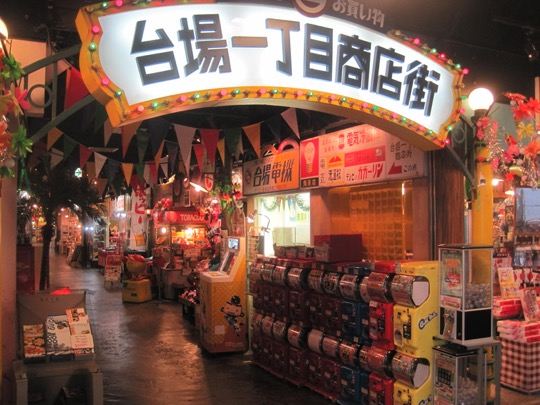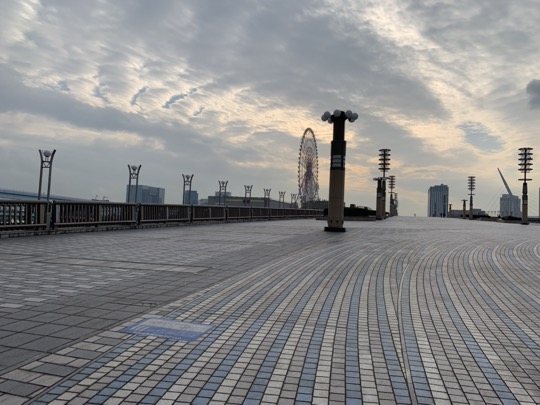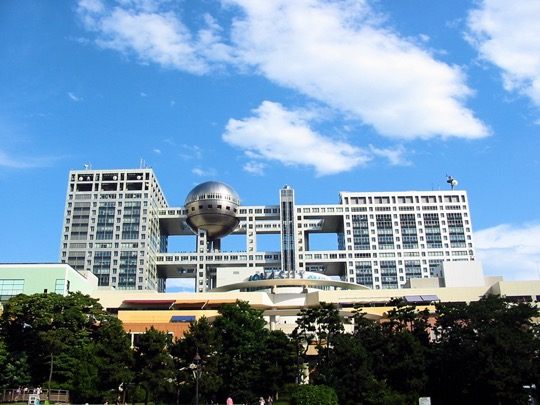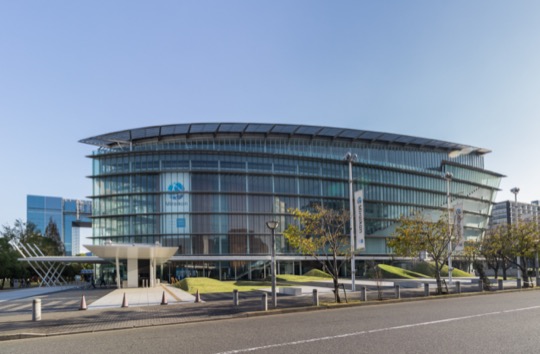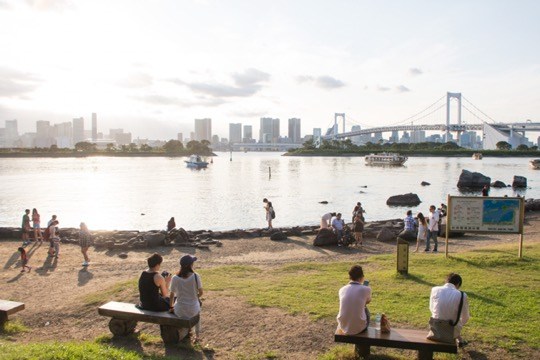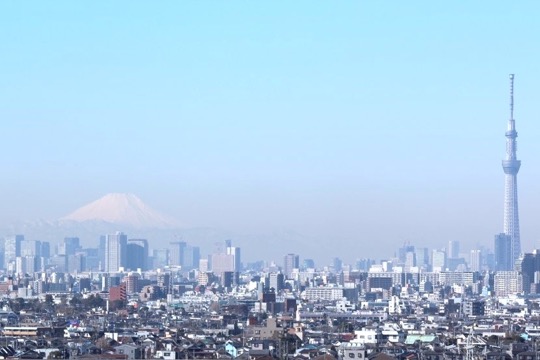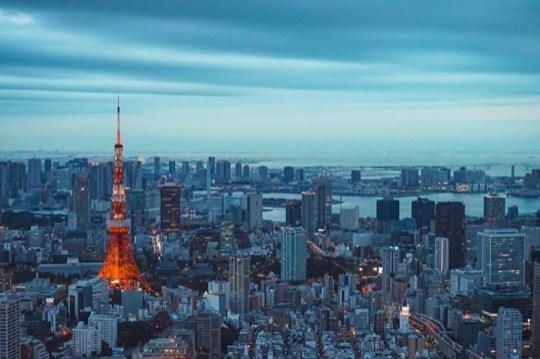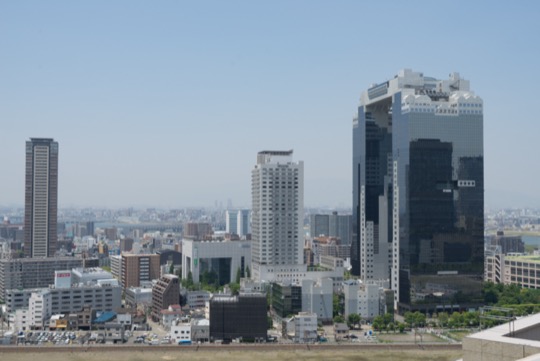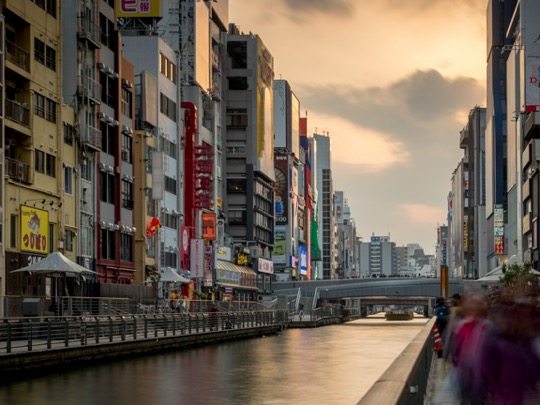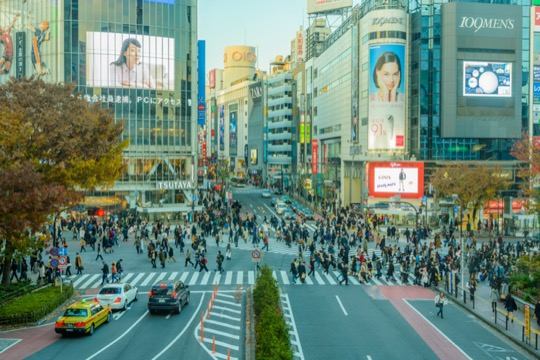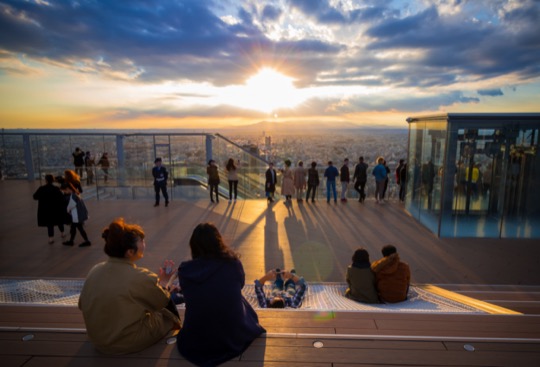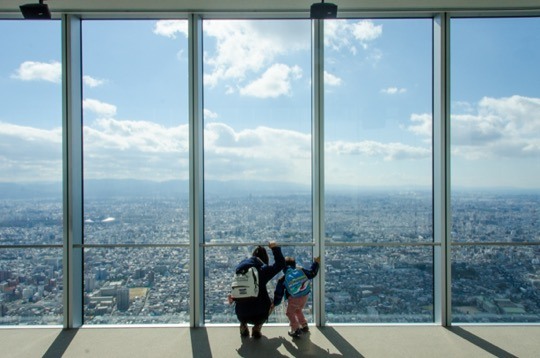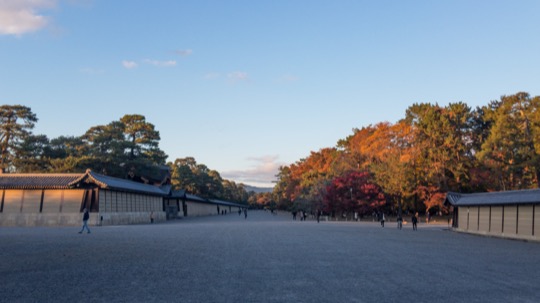
On This Page
Spanning the waters of northern Tokyo Bay, the Rainbow Bridge is an iconic suspension bridge that not only serves as a vital link between Shibaura Pier and Odaiba but also stands as a striking addition to Tokyo’s skyline. Officially the “Shuto Expressway No. 11 Daiba Route - Port of Tokyo Connector Bridge,” it is affectionately known as Rainbow Bridge for its nighttime illuminations, visible against the backdrop of the bustling metropolis.
The Rainbow Bridge’s design is a harmonious blend of functionality and aesthetics, with white towers that integrate into the city view from Odaiba. The double-deck structure supports both the Metropolitan Expressway and the Yurikamome rapid transit system, as well as pedestrian walkways and Tokyo Prefectural Route 482. The bridge was strategically constructed to alleviate traffic congestion and connect the developing Tokyo Waterfront Secondary City Center with the existing urban core.
For pedestrians, the walkways offer a scenic traverse across the bay, with distinct vistas of Tokyo Harbor, Tokyo Tower, and, on clear days, Mount Fuji. Although the upper-level roadway requires a toll, the lower-level roadway is free of charge, and an “Odaiba Rainbow Bus” service crosses the bridge, enhancing its accessibility. The bridge’s illumination showcases a spectrum of colors, including special light-ups for events.
The bridge has a presence in popular culture, frequently appearing in various media. Special events have seen the bridge closed to vehicular traffic, transforming it into a space for recreation and community gatherings. While the bridge was designed with the clearance of large ships in mind, some modern cruise ships now dock at alternative piers in Tokyo due to their increased size.
Visitors to the bridge are encouraged to explore the walkways and the surrounding attractions. Odaiba Park, with historical fortifications, offers panoramic views of Tokyo. Nearby, Odaiba’s man-made beach and Small Worlds Tokyo, a theme park with miniature models, extend the experience.
The Rainbow Bridge, with its blend of infrastructure and artistry, serves as an everyday route for many and offers a memorable experience for visitors. Whether viewed from the walkways or as part of a broader exploration of Odaiba, the bridge connects not just two points across Tokyo Bay but also the city’s past, present, and future.
Getting There the easiest way to reach Rainbow Bridge
Around Rainbow Bridge
Nearby in Tokyo the best attractions close to Rainbow Bridge
Daiba Itchome Shopping Alley
Explore Showa-era Tokyo in a themed shopping destination.
Dream Bridge
A Tokyo crossing point frequented by pedestrians, cyclists, and often seen in popular media.
Fuji TV Hachitama Observation Deck
An architectural landmark featuring views of Tokyo Bay and iconic landmarks
National Museum of Emerging Science and Innovation
A center for scientific exploration in Tokyo
Odaiba Seaside Park
A scenic maritime haven, home to a Statue of Liberty replica and Olympic history
Unicorn Gundam Statue
A towering figure in Odaiba, a tribute to the Mobile Suit Gundam Unicorn series.
